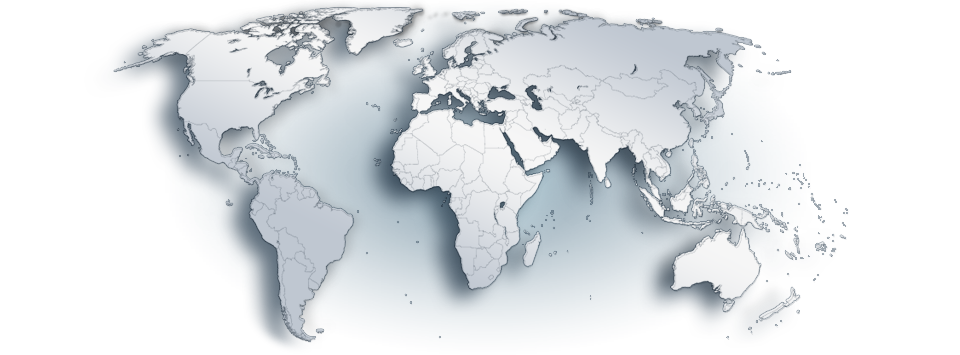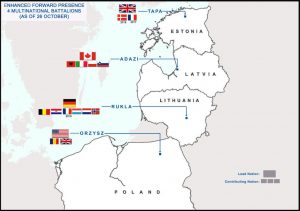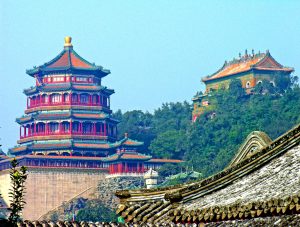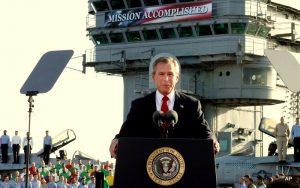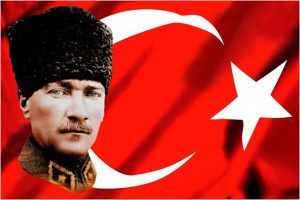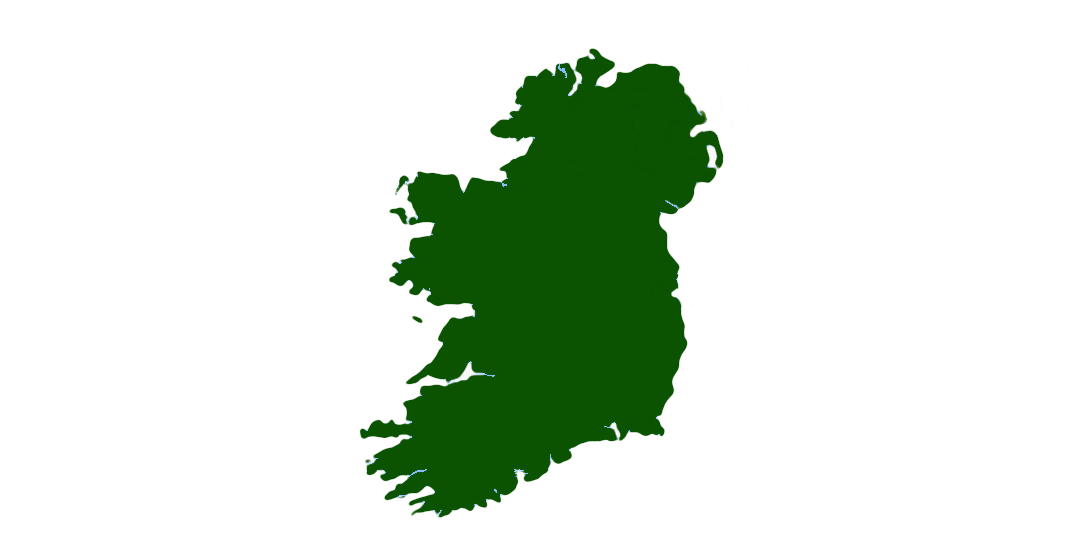
Views: 875
One of the most controversial, influential, and well-known revolutionary organizations in the world was the Irish Republican Army (the IRA) considered to be both patriotic and terrorists.
The Fenians
It is of extreme debate the question of its real origin but it is mostly accepted the standpoint that the origins of the IRA are in the Irish Republican Brotherhood (the IRB) or popularly known as the Fenians as it grew out of the Fenian movement.[1] The name is coming from the Irish armed forces in legendary times. The Fenian movement was founded as both the Fenian Brotherhood in the USA by John O’Mahony and as the Irish Republican Brotherhood by James Stephens in Ireland in the same year of 1858. The name Fenian was later applied to all supporters of Irish republicanism. Some of its early members have been actively involved in the movement of Young Ireland. Its military wing became later known as the Irish Republican Army.
The Fenians succeeded in drawing British attention to the Irish Question and to convince the UK’s PM William Ewart Gladstone to seek to find a proper political solution to the problem of Ireland. Some Fenians have been MPs in at Westminster in London at the time of the Home Rule. After 1867, the Fenian Brotherhood became split into three parts, each of them declaratively has been supporting the IRB but practically very divided by policies and leaderships.
The Irish Republican Brotherhood
Since the very beginning of the 19th century, Ireland’s struggle for independence from the UK oscillated between two political concepts of the fight and their groups’ representatives and leaders: 1) constitutional, mass movements, and 2) mostly small, conspiratorial, revolutionary groups. It was the specific contribution of the IRB to the Irish struggle for independence by its possibility to communicate its radical conception of Irish independence and national unity beyond its own narrow confines to a mass national movement that became oriented towards the realization of the IRB’s political and national program.[2]
The IRB as a secret organization was established in Dublin in 1858 by James Stephens (1824−1901)[3] to fight for the independent state of Ireland. The organization had close ties with the Fenian Brotherhood in the USA and it is why its members have been called the Fenians. By the official Governments, authorities and international organizations, the IRB is considered to be a terrorist organization as using illegal and violent means to achieve its ultimate political goal – the ending of the political union of the Northern Ireland (Ulster) with the UK followed by its unification with the Irish republic into the united or Greater Ireland.
The focal political aim of the IRB was to organize a national uprising in Ireland against the British authorities. The IRB was getting full support by the Fenian Brotherhood in men, funds, logistics, and secure base. However, the British Government arrested the main leaders of the IRB including James Stephens. In 1867 Fenian Revolt, led by Thomas Kelly, was abortive.
After the abortive revolt of 1867, the Fenian movement/IRB became confused as it faced a lack of opportunity for an effective rising followed with internal divisions. The focal question became about the leadership of James Stephens, who did not appear in Ireland in 1867 and, therefore, produced additional problems concerning the organizational reconstruction of the movement. Nevertheless, an internal division within the IRB existed as well as over the question where to hit the UK as the best: in Ireland, in England or Canada? This dispute was finally resolved only after abortive interventions in Canada in 1866−1867 and 1871. The reorganization of the Irish Republican Brotherhood started slowly since 1871, with the release from prison of several effective leaders.
The IRB acquired a formal constitution in 1873 which laid foundations for an elaborate and secret society to be organized on a democratic basis and governed by a partially elected Supreme Council. With the real prospects for revolutionary activities as poor, the right organization’s wing became involved into terrorist actions bombing outrages in England in the 1880s. As a consequence, many members of the IRB became either expelled from the organization or left it while in the USA occurred splits at the leadership level. Only at the very beginning of the 20th century, with a new generation and new Irish organizations like Sinn Féin, the revolutionary tradition became to be revived. Further impetus for the patriotic activities of the Irish republicans arrived in 1910 with the launching of Irish Freedom – a military separatist newspaper.
All Irish republicans became confused in 1914 when the Irish Volunteers have been formed with John Redmond’s commitment of this body to the British war efforts and, subsequently, they split into two groups. It was from the ranks of the dissident group which rejected the leadership of John Redmond that the forces which organized and carried out the 1916 Dublin Easter Revolt would largely be recruited.
Even though the rising in power and popularity of the IRB was stopped in 1867, the organization, nevertheless, became reborn by taking active participation in the 1916 Dublin Easter Revolt.
The 1916 Dublin Easter Revolt
The revolt was organized, in fact, by the Supreme Council of the Irish Republican Brotherhood which, led by Patrick (Pádraic) Pearse and joined by James Connolly[4] and his small Irish Citizen Army,[5] decided that UK’s engagement in the Great War offered them the best opportunity for the realization of their political and national aims.
The revolt was between April 24th and May 1st when a violent rebellion against the British rule took place in Ireland. It was the secret Military Council of the IRB which intended it to be a national rebellion on Easter Sunday on April 23rd, 1916. However, it appeared that a series of organizational and planning mistakes in the activities of the rebels resulted that necessary supporting arms organized by Roger Casement[6], in fact, did not arrive.
Roger Casement was politically active in the Gaelic League and other Irish patriotic movements. He joined in 1913 the Irish Volunteers. In October 1914, he went to Berlin in order to enlist the Irish prisoners of war in the Irish uprising against London. However, he failed to create a brigade, but, however, succeeded to persuade the German authorities to send some 20.000 guns to the rebels in Ireland on the ship Aud in April 1916 who were preparing the Easter Revolt. He was worried that the supply was inadequate for the rebels. Roger Casement followed the ship in a U-boat and landed on the Irish sea coast on April 20th and immediately tried to send a message to the rebels’ leaders in Dublin to halt the revolt. He was arrested and taken to London for interrogation. Nevertheless, while he was in London, the 1916 Dublin Easter Revolt broke out.
Due to Roger Casement’s unsuccessful mission with the guns supplying, the uprising was officially called off, but Patrick Pearse[7] with his closest followers, nevertheless, made the decision to continue on Easter Monday. However, as a pure result of the organizational confusion, the general Irish national uprising failed, while the Dublin one proceeded. The Irish volunteers lead by Patrick Pearse together with the members of the Irish Citizen Army under the command of James Connolly succeeded to take the General Post Office in Dublin which immediately was transformed into the HQ of the revolt.
A rebels’ leader, Patrick Pearse, officially announced the act of the Proclamation of an Irish Republic by reading down the document and posting it around the post system. At the same time, there were numerous official buildings of public administration in Dublin to be attacked by the rebels and many of them occupied like City Hall, Liberty Hall, the Four Courts, etc. The same happened as well as with some strategic factories and main hospitals in the city.
The British army acted on April 25th by reoccupying some of the important buildings in Dublin and cutting off many of the rebels’ communication spots. The British army became reinforced by the units coming from Belfast and other postings, and on April 27th they started to bomb the HQ of the rebels and the building of the Four Courts. The rebels with their leader left the burning HQ on April 28th and on the next day they surrendered being captured, imprisoned, and investigated. The occupation British authorities imposed Martial Law and the rebels’ leaders court-martialled. As a consequence, Patrick Pears with other fourteen leaders have been executed between May 3rd and May 12th, 1916.
Regardless of the historical fact that the 1916 Dublin Easter Revolt was a big failure, its leaders, but in particular Patrick Pearse, soon entered Irish popular mythology as national freedom-fighters martyrs fighting for the Irish nationhood and independence from the British occupation authorities. Nevertheless, the brutal British reaction to the revolt speeded up common Irish anti-British sentiments which made impossible continuation of the British rule in the biggest part of Ireland which finally ended in 1921 by the founding of de facto independent Irish Free State (without Ulster) when it gained the status of dominion on the partition of the island of Ireland, until 1937. In the year of 1937, the Irish Free State became the sovereign state of Eire and finally in 1949 the Republic of Ireland.
After the 1916 Dublin Revolt, the Irish Republican Brotherhood was superseded by the Irish Republican Army (the IRA).[8]
www.global-politics.eu/sotirovic
sotirovic@global-politics.eu
© Vladislav B. Sotirović 2020
[1] About the Fenian Movement, see in [Mabel G. Walker, The Fenian Movement, Ralph Myles Pub, 1969; James Stephens, The Birth of the Fenian Movement: American Diary, Brooklyn, 1859, Dublin: Dublin University College Press, 2009].
[2] About Irish history, see in [Richard Killeen, A Short History of Ireland, Gill Books, 2005; P. W. Joyce, A Concise History of Ireland, Bottega Books, 2017.
[3] About James Stephens, see in [Marta Ramón, A Provisional Dictator: James Stephens and the Fenian Movement, Dublin: Dublin University College Press, 2007].
[4] About James Connolly, see in [Kieren Allen, The Politics of James Connolly, Pluto Irish Library, 1990; Donal Nevin, James Connolly: A Full Life, Gill Books, 2005].
[5] About the Irish Citizen Army, see in [Richard Michael Fox, The History of the Irish Citizen Army, Dublin: James Duffy and Co, 1943; Ann Matthews, The Irish Citizen Army, Blackrock, Cork, Ireland: Mercier Press, 2014].
[6] Roger Casement (1864−1916) was the Irish patriot who went to Africa in 1884 where he joined the British colonial service in 1892. He earned an international reputation as a humanitarian due to his reports about the inhuman treatment of local workers in the Belgian Congo in 1904 and the rubber plantations of Peru in 1912 [Roger Sawyer (ed.), Roger Casement’s Diaries. 1910: The Black and the White, London: Pimlico, 1997; Seament O Siochain (ed.), The Eyes of Another Race: Roger Casement’s Congo Report and 1903 Diary, Dublin: Dublin University College Press, 2004]. In 1916, after his arresting in Ireland, he was charged by the British authorities in London with high treason, convinced, and sentenced to death. It was organized a large campaign to have the sentence revoked, but the copies of his diaries discredited him [Jeffrey Dudgeon (ed.), Roger Casement’s German Diary 1914−1916, Belfast: Belfast Press, 2016]. Roger Casement was finally hung and his remains were returned to Ireland in 1965 where he was reburied after a state funeral. See his biography in [Geoffrey De Clinton Parmiter, Roger Casement, Barker, 1936].
[7] Patrick Henry Pearse (1879−1916) was the Irish revolutionary. His early career was as an educationalist and lecturer, especially in the Irish Gaelic. He joined the Gaelic League in 1895 and soon edited its newspaper. He became convinced that the Irish national identity can survive only if the Irish language followed by traditional Irish culture is going to be revived. Patrick Henry Pearse joined in 1913 the Irish Republican Brotherhood and became elected to the Provisional Committee of the Irish Volunteers. He was, however, a founder member of it in November 1913. He was well remembered after his famous oration over the grave of the Irish patriot Jeremiah O’Donovan Rossa in 1915, with its final words “Ireland unfree shall never be at peace”. Those words became soon, in fact, the focal slogan of all Irish freedom-fighters against the UK. After unsuccessful the 1916 Dublin Easter Revolt he became imprisoned, investigated, condemned to death, and executed by the British authorities in 1916 in Dublin. In addition to his patriotic work, he considered his work for the Irish language to be of extreme importance to his life, and he was writing stories, poetry, and essays in both Irish and English [Patrick Pearse, The Coming Revolution: Political Writings and Speeches, Mercier Press, 2013; Ruán O’Donnell, Patrick Pearse: 16 Lives, The O’Brien Press, 2016].
[8] About the IRA, see in [Tim Pat Coogan, The IRA, New York: Palgrave Macmillan, 2002].
Originally published at OrientalReview.org website.
Origins of images: Facebook, Twitter, Wikimedia, Wikipedia, Flickr, Google, Imageinjection, Public Domain & Pinterest.
Read our Disclaimer/Legal Statement!
Donate to Support Us
We would like to ask you to consider a small donation to help our team keep working. We accept no advertising and rely only on you, our readers, to keep us digging the truth on history, global politics, and international relations.
[wpedon id=”4696″ align=”left”]
FOLLOW US ON OUR SOCIAL PLATFORMS